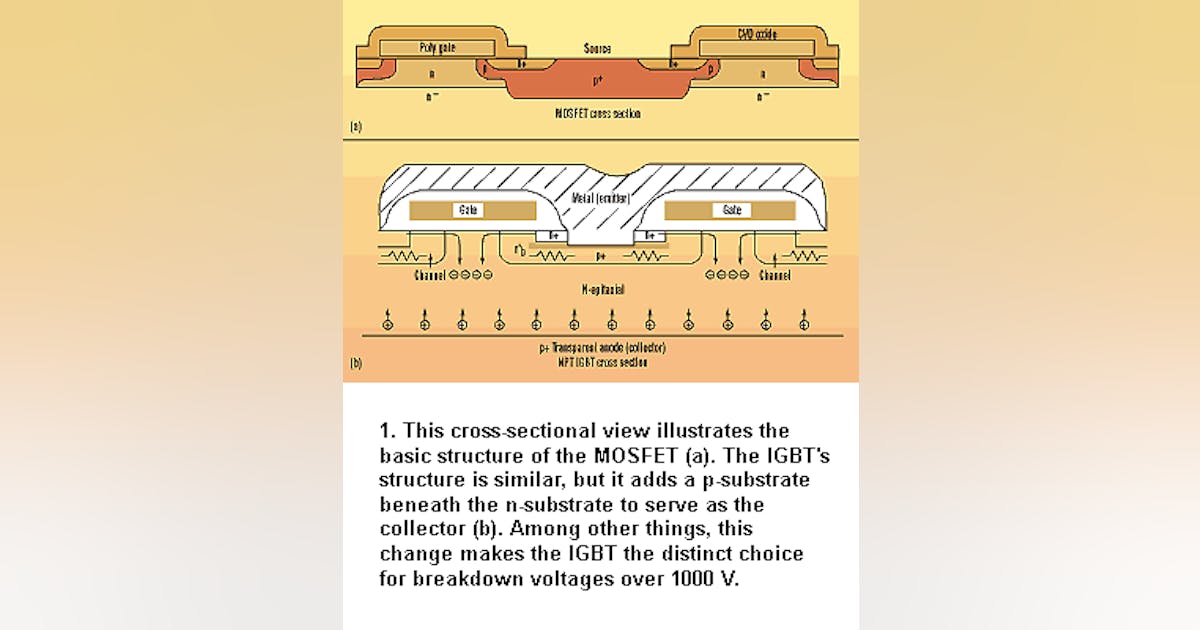sabu31
Advanced Member level 1
Hi all,
I need to make a simple boost converter for boosting from 48 V to 192V at 1.2kW.
I have need a suggestion regarding which would be apt device for the active switching device (IRF300P226 Mosfet (2 in parallel) ) or (FGH50T65UPD IGBT (2 in parallel)). Which would give lower overall loss. Switching Frequency is around 50kHz.
Also presently I am using Diode SL80F040 for the boost diode, should i replace the diode with mosfet and go for synchronous boost.
I need to make a simple boost converter for boosting from 48 V to 192V at 1.2kW.
I have need a suggestion regarding which would be apt device for the active switching device (IRF300P226 Mosfet (2 in parallel) ) or (FGH50T65UPD IGBT (2 in parallel)). Which would give lower overall loss. Switching Frequency is around 50kHz.
Also presently I am using Diode SL80F040 for the boost diode, should i replace the diode with mosfet and go for synchronous boost.


